320km range in 10 mins? Extreme fast charging Li-ion battery in the works
A group of researchers from Penn State University (Pennsylvania, US) have figured out a unique approach that could potentially solve the range anxiety issues related to modern EVs, called the 'asymmetric temperature modulation design'.
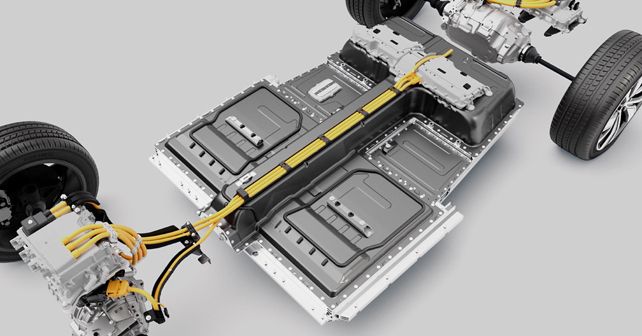
(Image for representation purpose only)
A group of researchers from Penn State University (Pennsylvania, US) have figured out a unique approach that could potentially solve the range anxiety issues related to modern EVs. Termed as 'asymmetric temperature modulation design', the approach has been used to develop a Li-ion battery prototype that charges at an elevated temperature (to increase reaction rate) but keeps the cells cool during energy discharge. As per their findings published in the scientific journal Joule, the approach has promising applications to the Li-ion battery packs found in modern EVs. If scaled, the design can potentially allow car batteries to draw up to 320km of range in about 10 minutes.
However, to achieve this extreme fast charging, the battery needs to take in 400kW of energy, something current battery packs are not capable of achieving due to the 'lithium plating' issue (formation of metallic lithium around the anode that leads to rapid battery life deterioration). However, the researchers have found that the lithium plating problem can be circumvented by using the concept of 'rapid heating.' While conventional li-ion batteries are charged & discharged at the same temperature, the researchers found that the batteries preheated to 60˚C could sustain the extremely fast charging process for 1,700 cycles, without any lithium plating. The team used a self-heating nickel structure that preheats in less than thirty seconds, thereby allowing them to limit the battery’s exposure time to the elevated charge temperature (that can also increase the rate of battery degradation rapidly).
While the results are indeed promising & the technology, as per the researchers, is very much scalable for varied applications, the timeline of the entire process could stretch up to a decade. So, it seems we'll have to wait quite a while for the ultimate breakthrough that will make everyday EVs a more feasible replacement for conventional-fuel-powered cars.
Read more:
Nissan showcases twin-motor all-wheel-control tech for future EVs


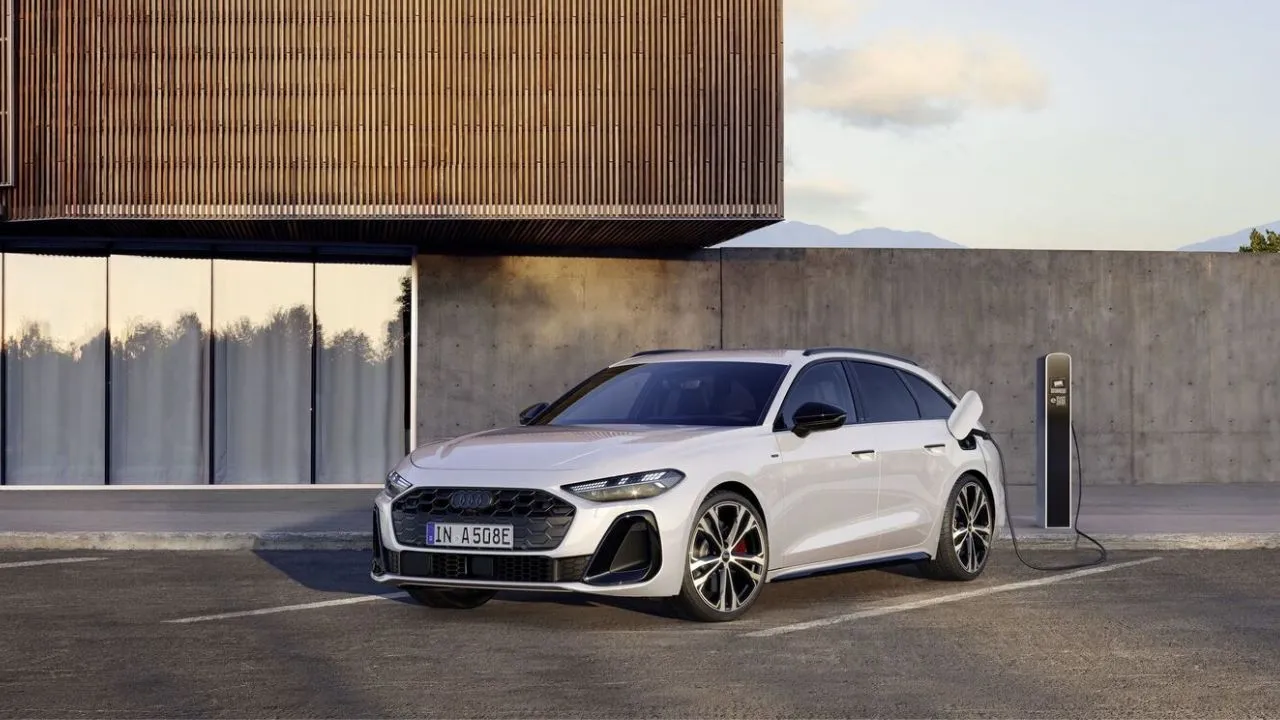
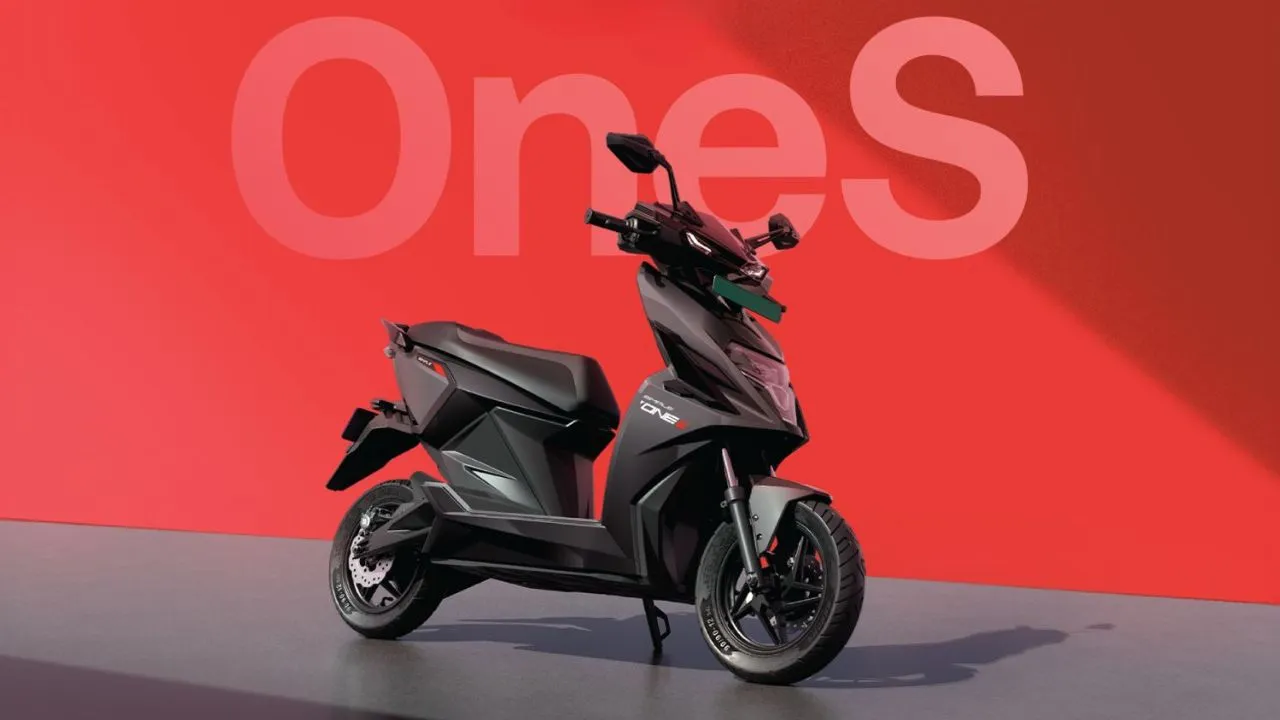
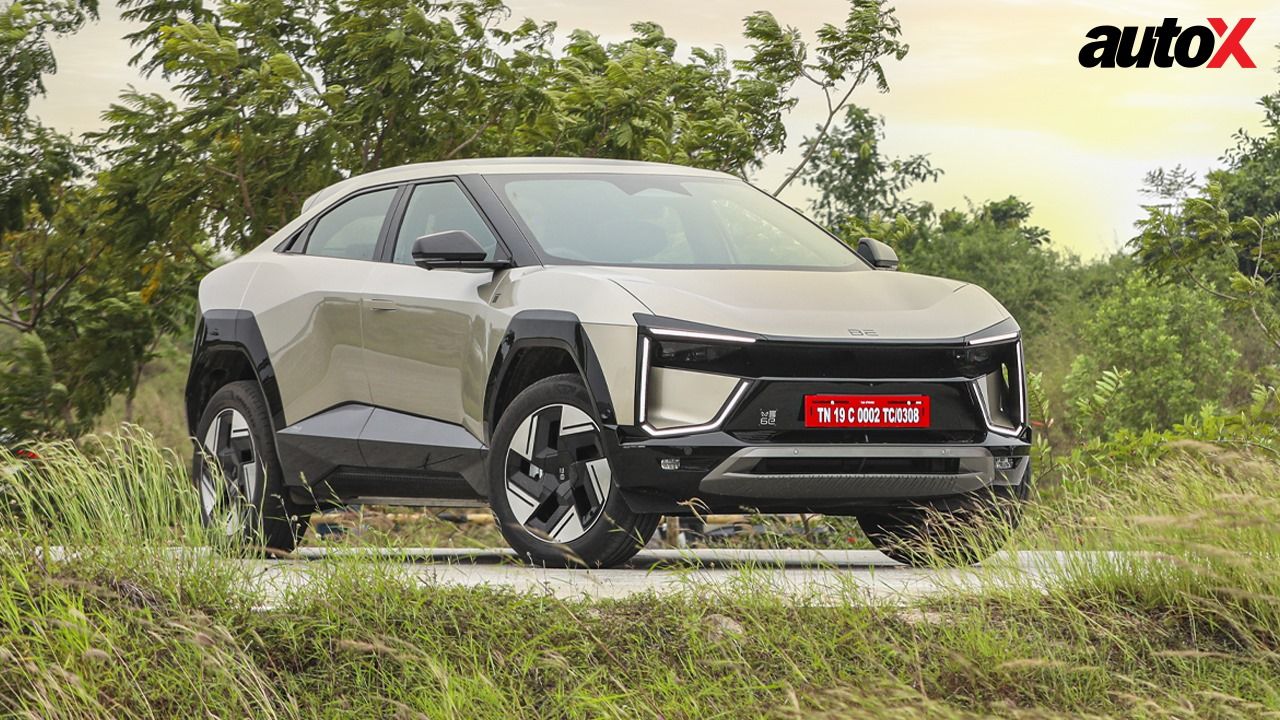



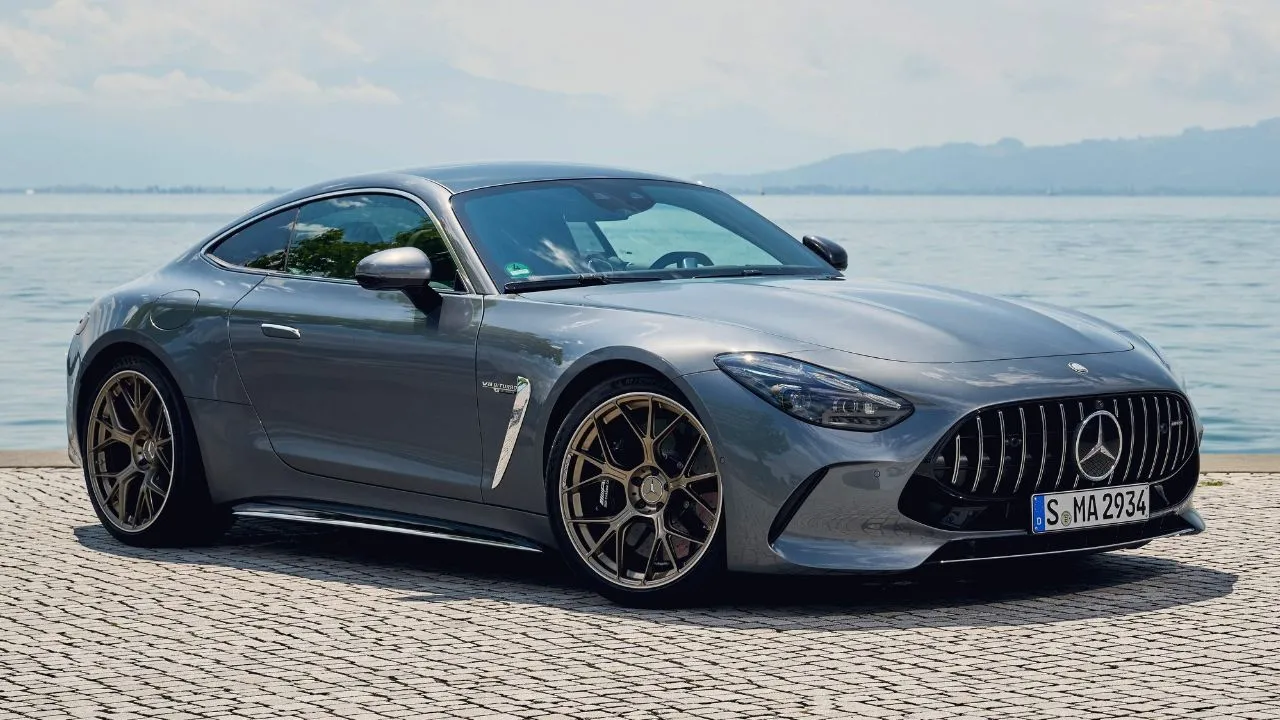

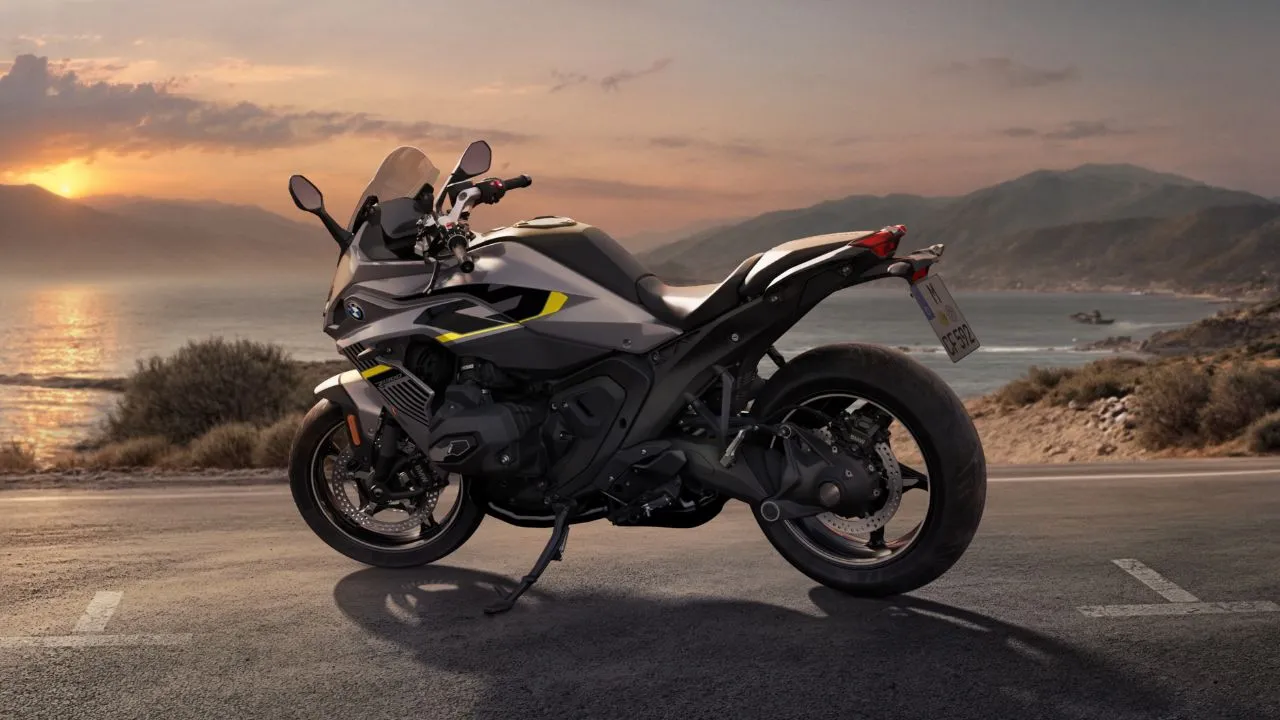














Write your Comment on